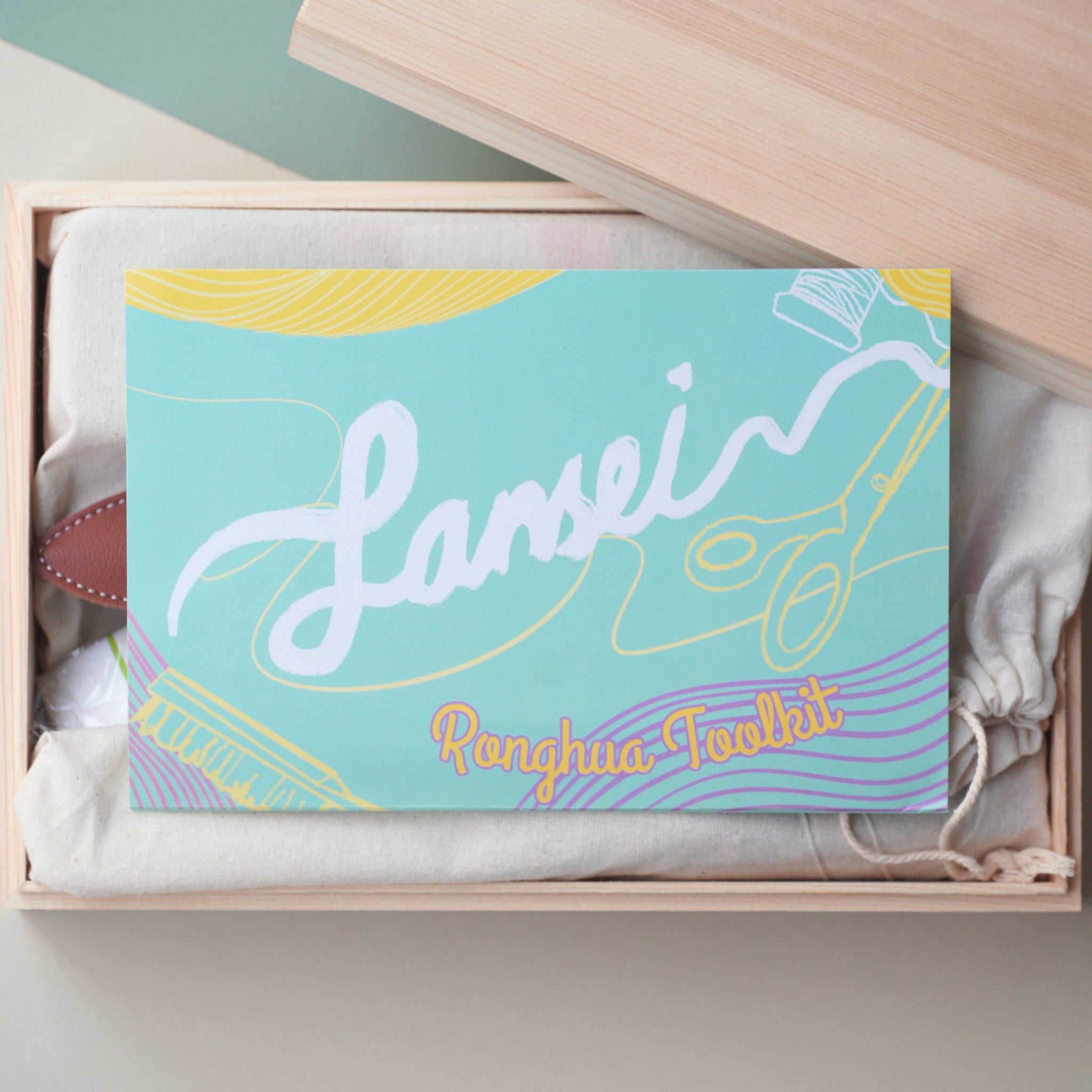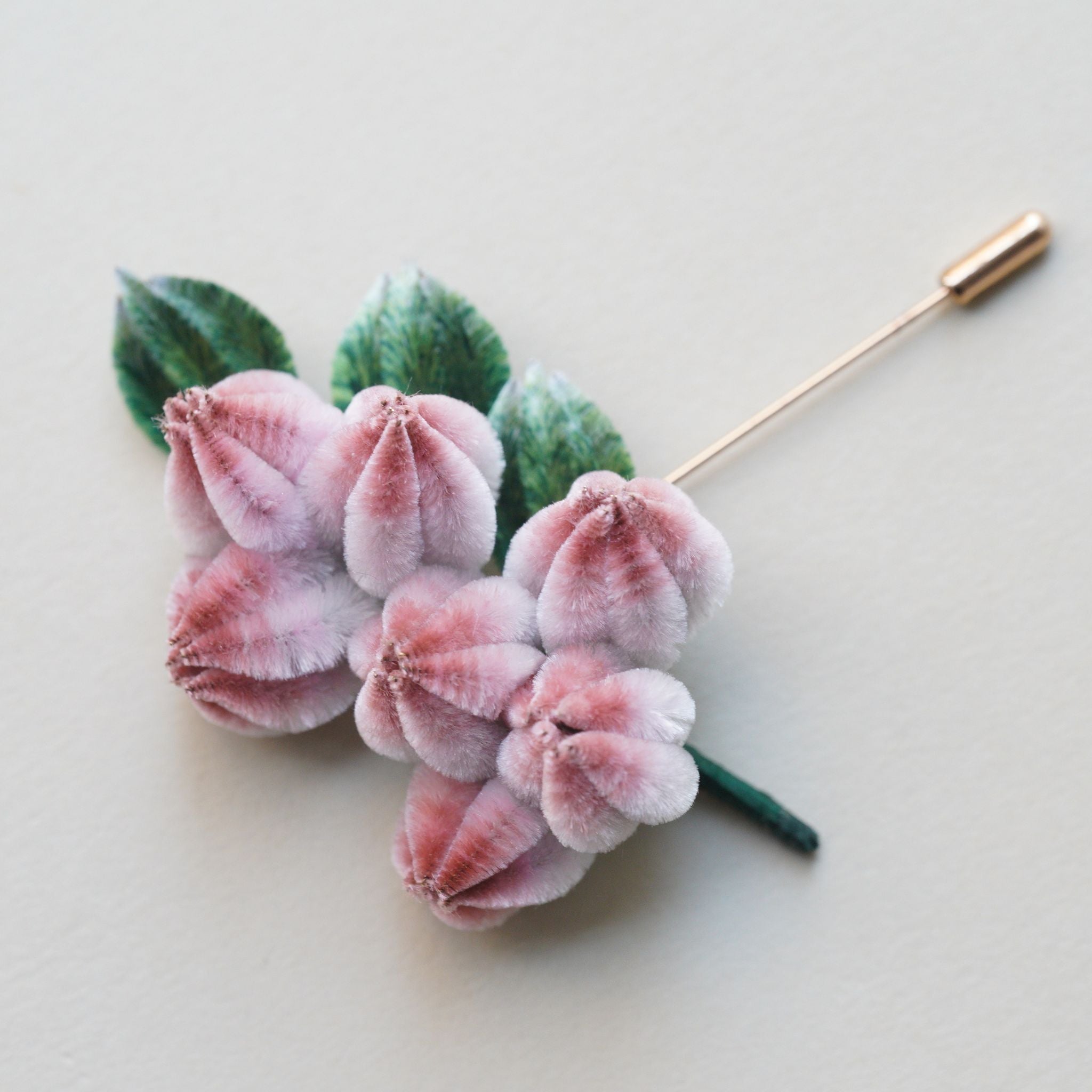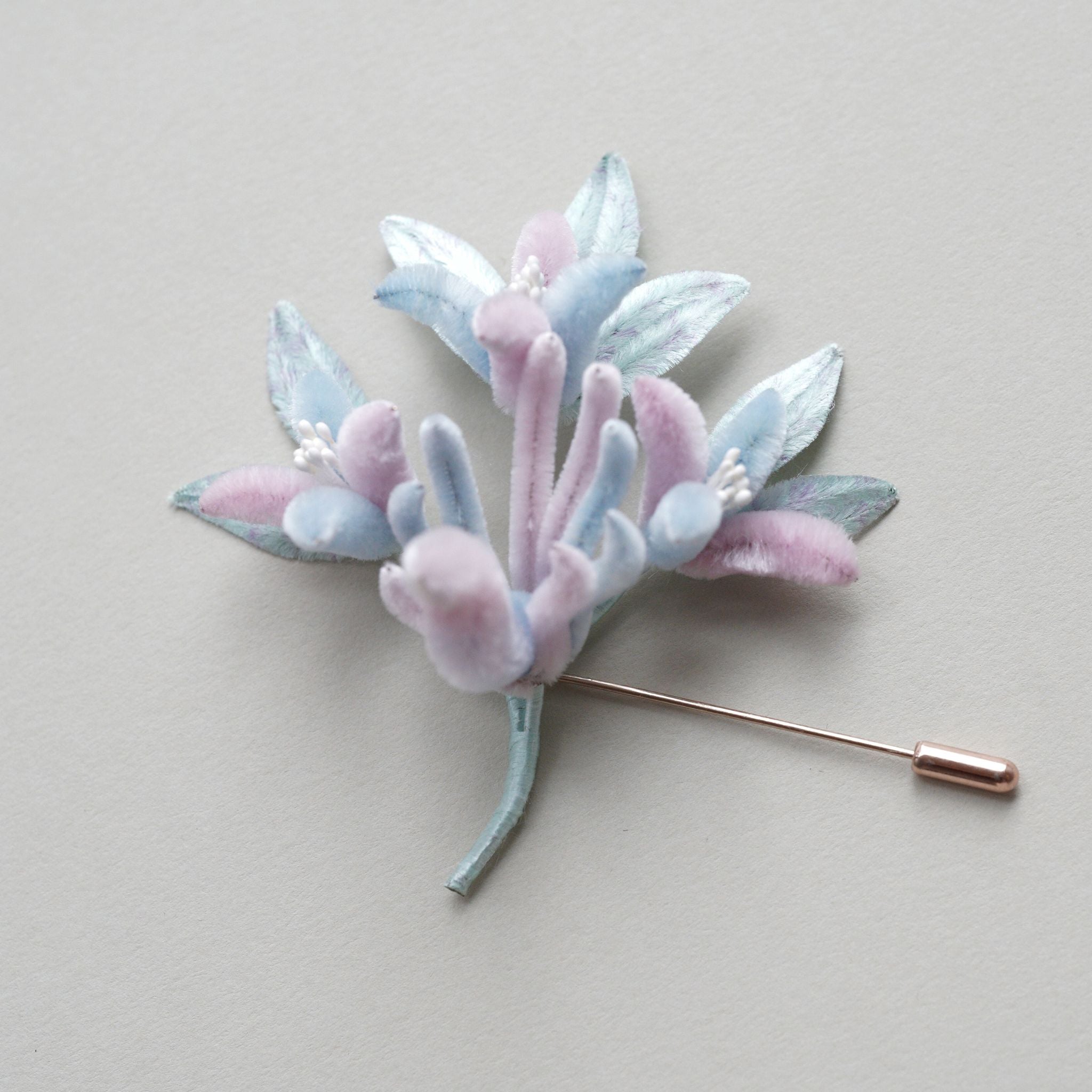You might not have heard of the term "Ronghua" (绒花)before, but don't worry—neither did I until six months ago! This ancient Chinese handicraft has been around for over a thousand years. In this blog post, I'll take you on a journey to the studio of one of the main Ronghua inheritors in Beijing.
A Visit to Mr. Cai's Studio

Mr. Cai’s studio is a dream for both crafting and animal lovers. While his crew diligently worked on their projects, his partner Mr. Sun gave me a tour of the studio. He explained the meticulous processes and high standards they adhere to, which I’ll now do my best to translate into English for you.
The Crafting Process
The Shelf and Silk Preparation
The most significant tool in Ronghua-making is a specially designed shelf. This frame keeps the silk threads straight, allowing artisans easy access to other tools. After prepping steps like dyeing the silk, the actual Ronghua-making begins with thread splitting. Artisans take large bunches of silk threads, divide them into smaller portions, and arrange them on the shelf to form a 'silk rank.'

One artisan working on the designed shelf
Tying the Copper Wire
Next, artisans fold a copper wire in half to create a long U-shape, twisting the bottom to make it tighter. They place the silk rank in the middle of the U-shape, pinching and twisting both ends of the wire in opposite directions. This step ensures the silk strips are aligned and fixed.

Another artisan tying the copper wire on the silk rank
Twisting and Trimming
Using both hands, artisans twist the silk strips in opposite directions, then place the strip on a wooden board for further twisting. A good strip should be consistent in length, thickness, weight, and color, standing upright on the copper wire. The next step involves trimming the silk strips with scissors to achieve the desired shape.

Artisan rolling the copper wire on the wooden board
Pressing and Assembling
For pressed or flat Ronghua flowers, there's an additional step of ironing the petals and curling the edges. Finally, artisans group and assemble the flowers using embroidery threads, attaching them to metalware like brooches, hairpins, or clips.

The working table during lunch break
A Personal Touch
Mr. Cai was a delight to meet. After watching my failed attempt at making bamboo leaves, he graciously showed me how to craft them correctly and even gifted me a small Ronghua hairpin.


Interest in Ronghua
On the same day, two college students from Tianjin stopped by for a quick interview. Unlike many other craftsmen, Mr. Cai has no shortage of people interested in learning Ronghua. However, he feels a need for fresh perspectives to break the cycle of traditional experience and skills that limit his creativity.
Conclusion
My visit to Mr. Cai's studio was an enlightening experience. Ronghua is not just an ancient craft but a living art form that continues to evolve. If you're ever in Beijing, I highly recommend visiting Mr. Cai's studio to witness this beautiful craft firsthand.
I hope you enjoyed this behind-the-scenes look at Ronghua. Stay tuned for more crafting adventures!
Watch the Full Video on Youtube



























